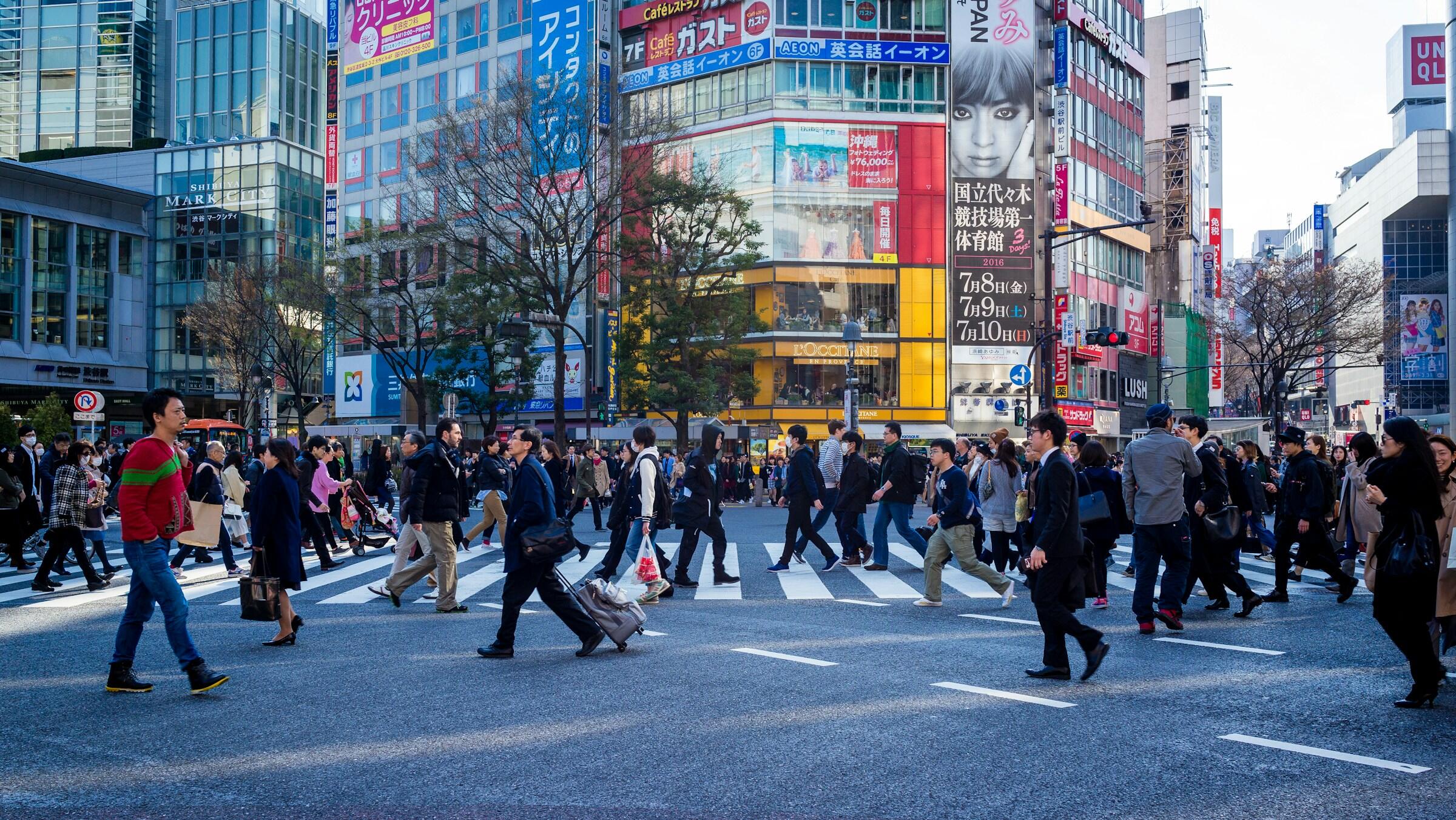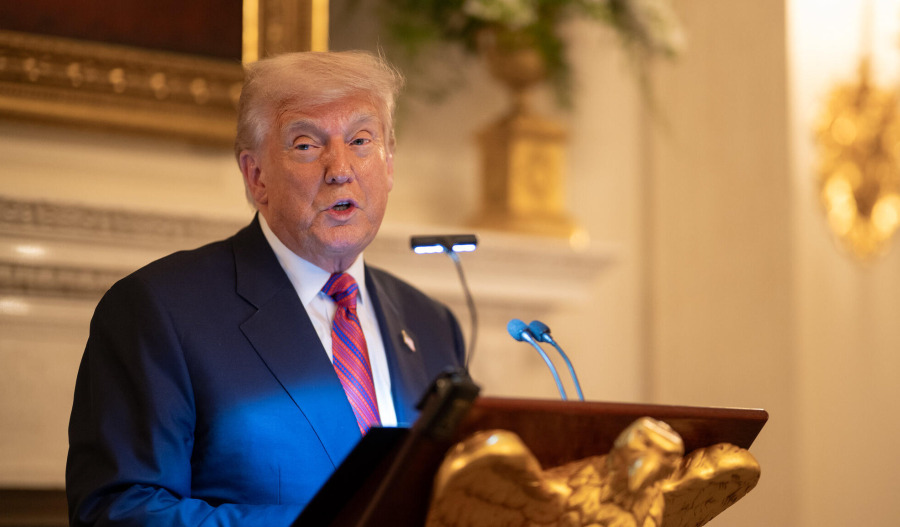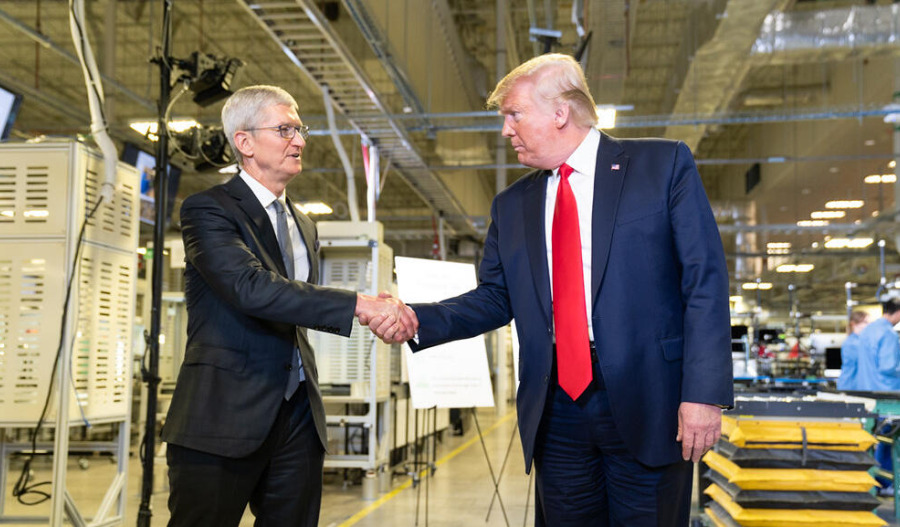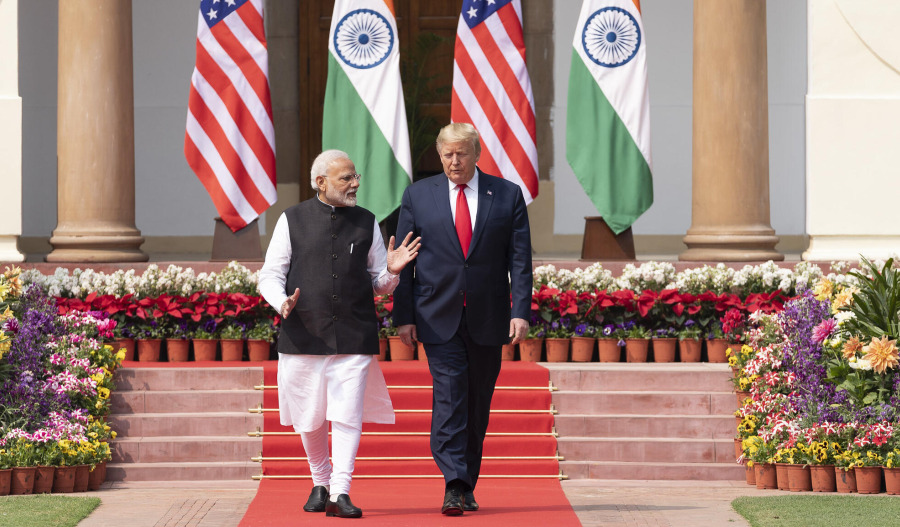Asia-Pacific markets traded mixed on Thursday as investors weighed United States President Donald Trump’s latest threat to impose a 100% tariff on semiconductor and chip imports, excluding companies manufacturing domestically.
By 11:30 am AEST (1:30 am GMT), Australia’s S&P/ASX 200 dipped 0.1%, easing slightly from its record high set on Wednesday. Japan’s Nikkei 225 advanced 0.7%, while South Korea’s Kospi 200 also rose 0.7%.
Australian trade data added a bright spot to the session. The country’s trade surplus rose by A$3.76 billion in June, well above expectations for a $2.5 billion increase, according to data from the Australian Bureau of Statistics (ABS).
Exports rose 6.0%, led by non-monetary gold, while imports fell 3.1% due to lower demand for capital goods.
In the U.S. overnight, Wall Street extended gains. The Dow Jones Industrial Average added 0.2%, the S&P 500 rose 0.7%, and the Nasdaq Composite jumped 1.2%.
In commodities, Brent crude continued its downward trend for a fifth straight session, falling 1.1% and closing at its lowest level since 1 July. Spot gold declined 0.4% to end at US$3,369.27 per ounce.
Chinese equities closed higher, with the Shanghai Composite gaining 0.5% to reach a 10-month peak of 3,634.0. The CSI 300 Index edged up 0.2% to 4,113.5.
Hong Kong’s Hang Seng Index finished unchanged at 24,910.6, while India’s BSE Sensex slipped 0.2% to 80,544.0 - its lowest close since 13 June - amid ongoing concerns over U.S. trade pressure tied to its oil imports from Russia.
European markets finished in positive territory, with the FTSE 100 extending its record-setting streak, up 0.2% at 9,164.3. Germany’s DAX climbed 0.3% to 23,924.4, while France’s CAC 40 added 0.2% to 7,635.0.



